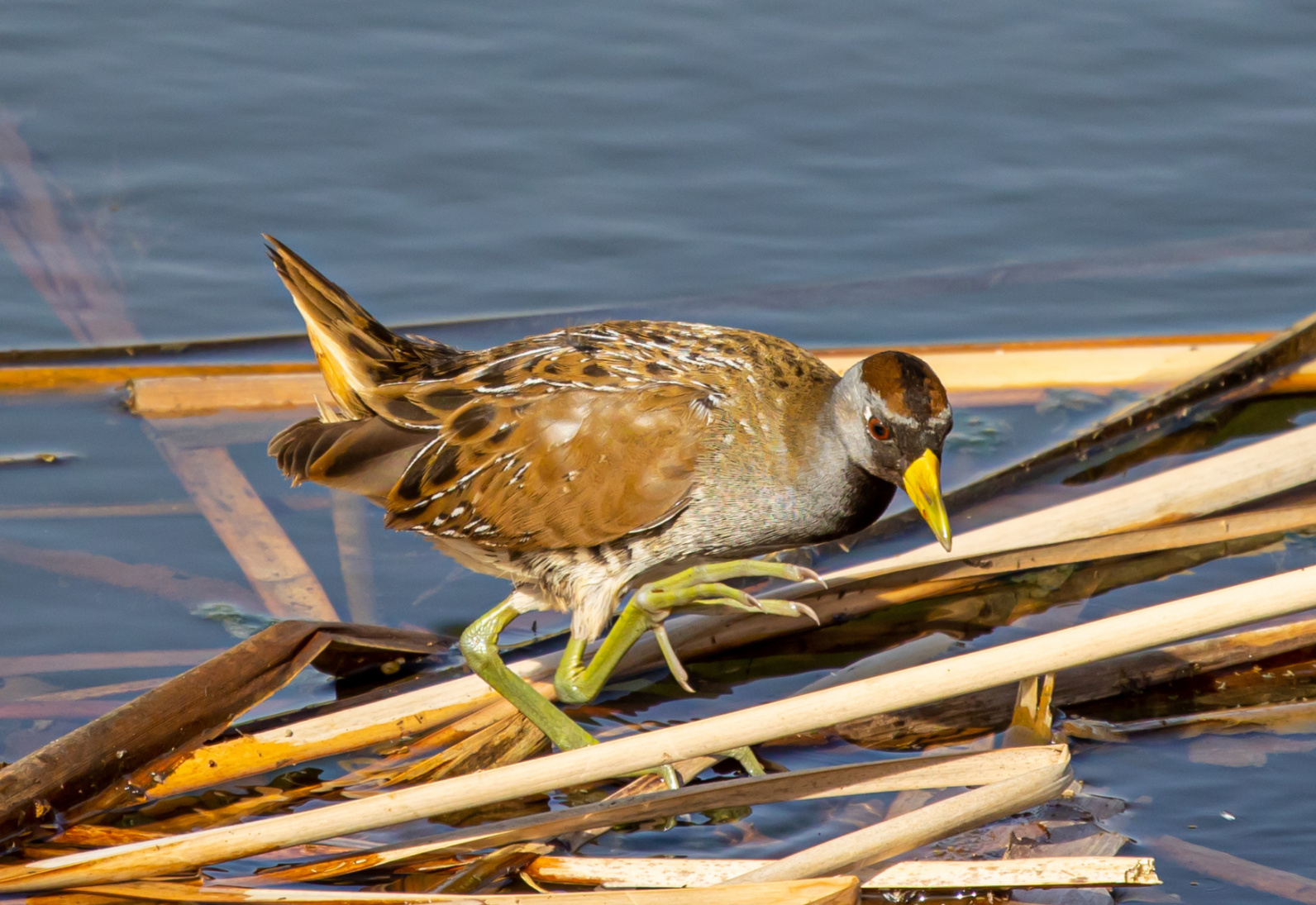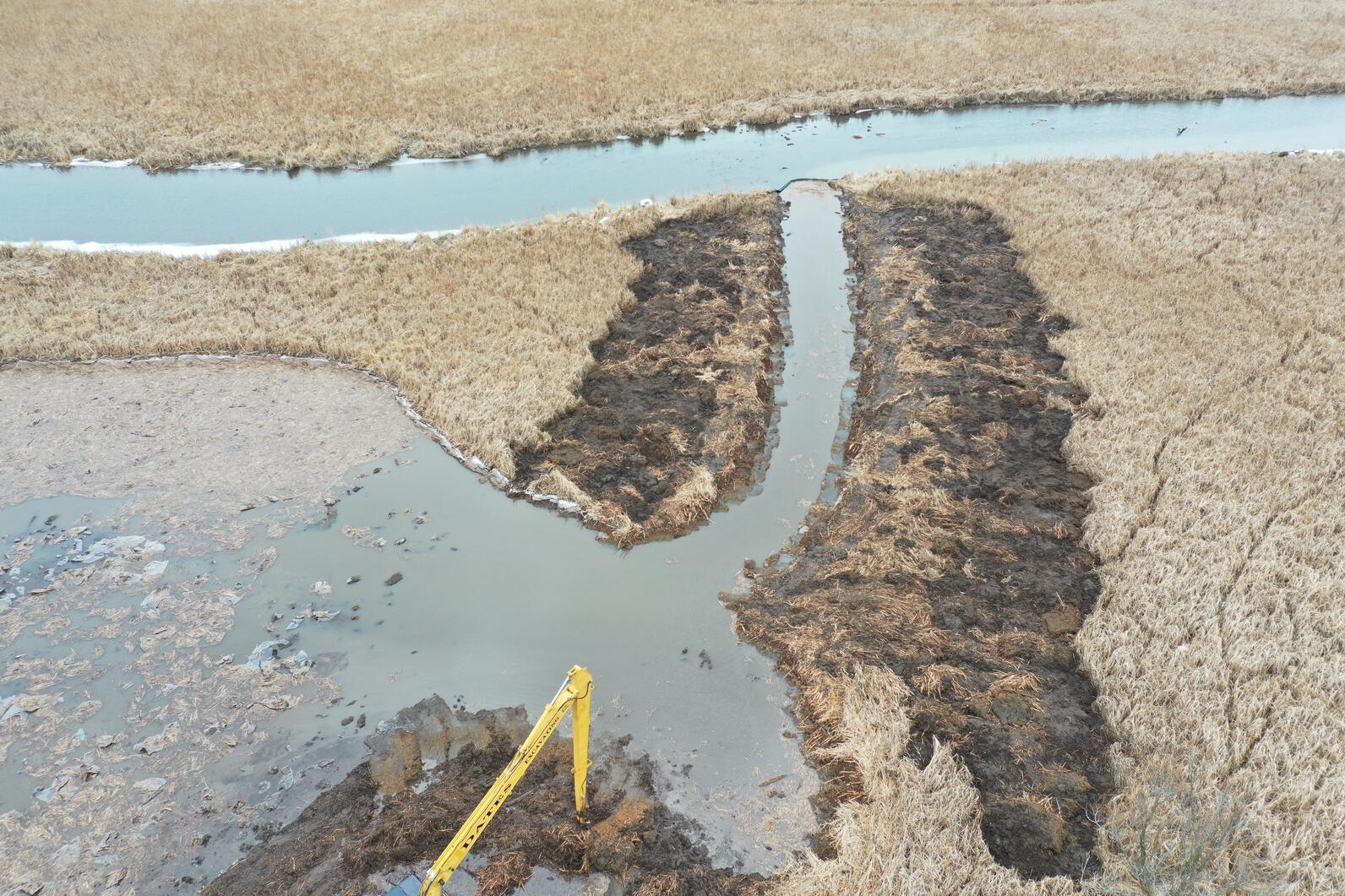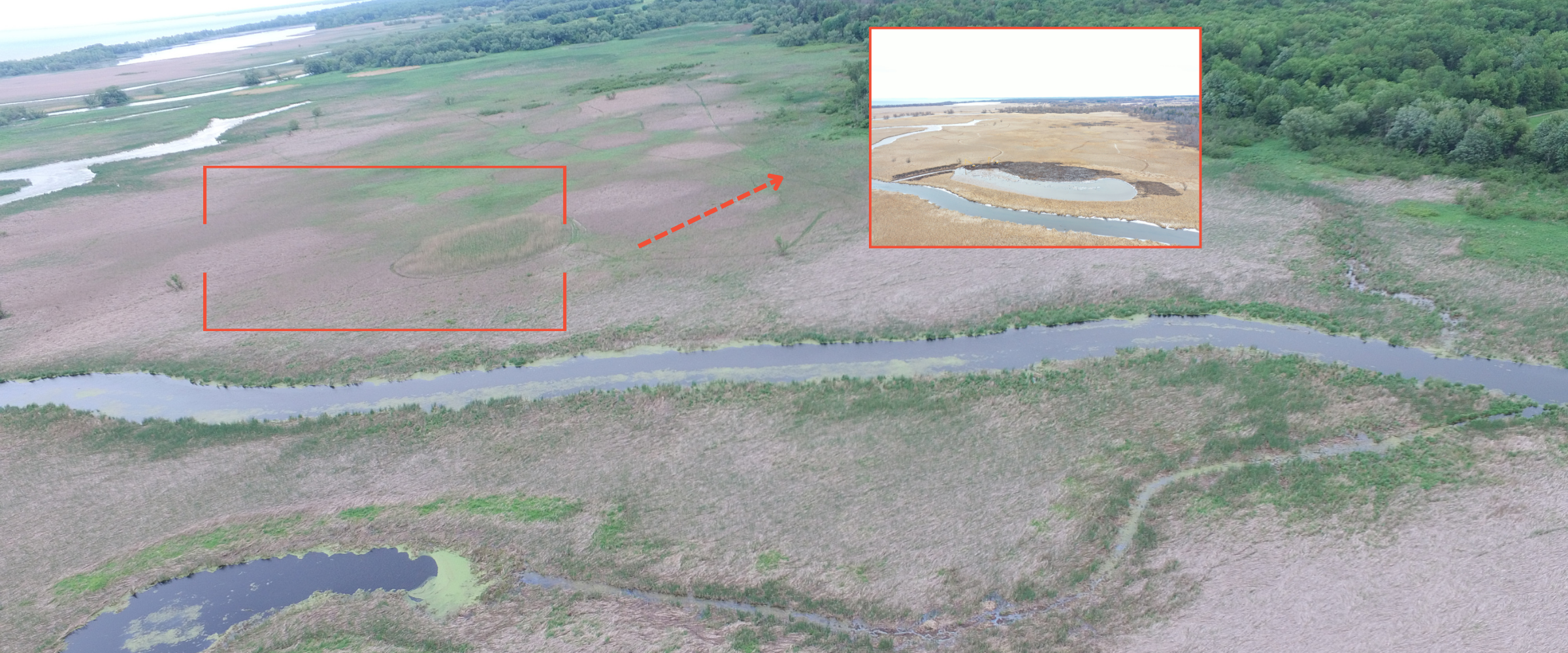Temporary Restricted Access to Portions of WMA
New York State Department of Environmental Conservation (DEC) Commissioner Basil Seggos and partners including the National Oceanic and Atmospheric Administration (NOAA), Great Lakes Commission (GLC), National Audubon Society's New York and Great Lakes programs, and Ducks Unlimited (DU), today announced the start of construction on a wetland enhancement project in the Lakeview Wildlife Management Area (WMA), in the town of Ellisburg, Jefferson County. The project will improve spawning and nursery habitat for fish such as northern pike, as well as new breeding habitats for waterfowl and declining bird species like the Pied-billed Grebe, American Black Duck, and Sora. Additionally, the work will enhance recreational opportunities in the WMA, including waterfowl hunting, bird watching, sport fishing, and kayaking.

"Critical wetland improvements, like those announced today at Lakeview Wildlife Management Area, will help maintain quality habitat for wildlife reproduction and survival," said Commissioner Seggos. "Lakeview WMA provides excellent opportunities for hunting, trapping, birdwatching, and other outdoor activities. DEC thanks our partners at the National Oceanic and Atmospheric Administration, Great Lakes Commission, Audubon New York, Audubon Great Lakes, and Ducks Unlimited for their efforts to help New York State improve and enhance this significant resource."
The 3,461-acre WMA along the eastern shoreline of Lake Ontario is part of the largest natural freshwater barrier beach system in New York State. The area's diverse habitat includes open fields, shrub lands, woodlands, wetlands, and a natural barrier beach. Lakeview WMA is open to the public year-round, but public use restrictions apply to the sensitive barrier beach system. Due in part to artificial manipulation of water levels, the habitat at Lakeview WMA has been altered, becoming less diverse with increasing stands and mats of dense cattails and encroachment of invasive species.
DEC partnered with NOAA, GLC, National Audubon Society's Great Lakes and New York state programs, and DU to utilize a wetland enhancement known as “channeling and potholing.” This technique improves hydrology, depth heterogeneity, interspersion of open water, and habitat connectivity to benefit spawning northern pike and other fish, as well as breeding habitat for nesting black terns and migrating marsh birds and waterfowl in Lakeview WMA.

Andy Hinickle, Senior Manager of Wetland Conservation for Audubon Great Lakes said, "Audubon is excited to see this outstanding and collaborative habitat improvement project get underway. Marsh-dependent birds like the Pied-billed Grebe and Sora, as well as fish and other wildlife, have lost the places they need to feed, nest, and spawn. Construction will create the conditions they need to return and thrive long-term. It's an incredible investment in Western New York."
Signage has been posted at locations that will be affected during project activity to alert those recreating within the WMA of areas of restricted access. When equipment is present, the immediate areas under construction will be temporarily closed to visitors. Construction is anticipated to complete in early 2024, weather permitting.
Funding for the project is provided by the Great Lakes Restoration Initiative (GLRI) and U.S. Environmental Protection Agency (EPA) through the NOAA and GLC Regional Partnership.
To learn more about the project please visit the Great Lakes Commission website.




